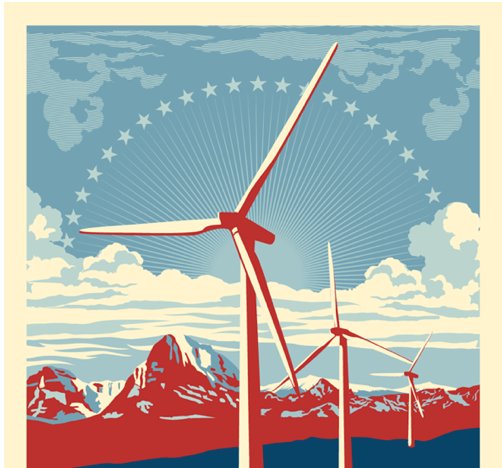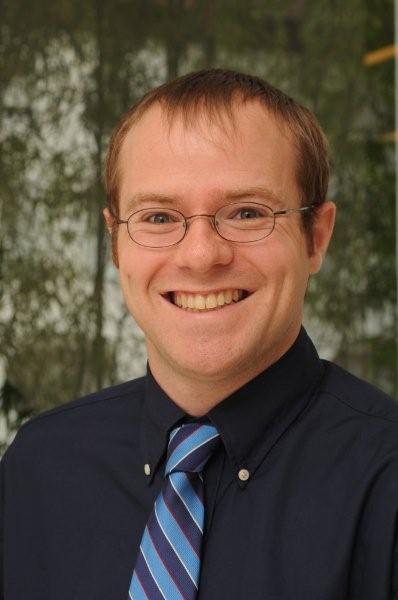Key words :
future energies,
energy poverty
,microhydro electricity
,rural electrification
,solar home systems
,biogas
When renewable energy meets quirky culture
7 Mar, 2011 05:12 pm
To make an impact, small-scale renewable energy systems must fit social expectations and cultural norms.
 In 2009, 1.4 billion people lacked access to electricity - 85 per cent of them in rural areas. By 2030, 1.2 billion are set to remain off-grid, while 2.8 billion will rely on traditional biomass.
In 2009, 1.4 billion people lacked access to electricity - 85 per cent of them in rural areas. By 2030, 1.2 billion are set to remain off-grid, while 2.8 billion will rely on traditional biomass. The health consequences of this are monumental. Indoor air pollution kills 1.5 million people a year, more than malaria or tuberculosis. And by 2030, biomass smoke will be responsible for more than 4,000 premature deaths a day.
A suite of off-grid renewable energy technologies - solar home systems, biogas cookstoves and small hydropower units - can deliver energy services to rural households more cost-effectively than national grids, without relying on expensive and polluting fuels.
These systems are making inroads in some regions. But assessments of how they perform often neglect local realities that can determine whether they succeed or fail.
Solar home systems consist of a solar panel, battery, inverter, charge controller and usually two or three lamps with an extension cord to power a small radio or television.
Biogas cookstoves capture methane from the anaerobic digestion of waste and convert it into fuel. And 'pico-hydro units' consist of miniature dams and powerhouses that use natural river flow to generate electricity for a communal mini-grid.
In the past ten years, millions of these systems have been deployed around the world. A rich literature has emerged as well, discussing common barriers to adoption that include high up-front costs, poor access to financing and substandard equipment.
But these assessments often miss a key part of the adoption puzzle: culture.
In some cases, well-designed, high-quality technology-transfer programmes backed by sufficient financial incentives have failed to convince households to adopt the technology, often because of cultural reasons.
These are far from one-off events. As technologies get rolled out to more remote areas, they invariably encounter more isolated local cultures.
In Bangladesh, an aversion to pigs has prevented predominantly Muslim households from adopting biogas units that would run on pig waste, a much more efficient fuel than cow dung. Others simply refuse to purchase cookstoves, because using gas from excrement is seen as impure.
In Nepal, many believe that hydroelectric facilities should serve the community for free. Because of this cultural stigma, there is little money to be made in charging rural households for pico-hydro electricity.
In Papua New Guinea, solar home systems have been hit by unusually high rates of vandalism, sabotage and theft. Clans there share resources under a wantok system (where people are connected by strong social bonds) rooted in tribal traditions. Solar panels, which benefit particular households or individuals instead of the community, assault this wantok system.
I have also met people with odd expectations about the limits of renewable energy technologies, and what they need to function.
In Papua New Guinea a school principal believed that a small solar home system could produce enough energy to power a computer lab, a copy machine, lights in every classroom and a range of appliances - when in fact it could only light four lamps.
In Bangladesh, one family I worked with thought they needed to dismount their solar home system and take it "for a walk" every day so it "wouldn't get tired". Another family thought they had to "add soap" to their waste to "make it clean" before it would work in a biogas digester.
In Mongolia, one household thought their solar system would work indoors and had positioned it inside their ger (a portable home structure) as a coffee table.
In Nepal one Buddhist mother thought she needed to cover her solar home system with leaves to make it "part of nature"; another thought it would "dry laundry", and placed socks and underwear on it.
These examples show that decision-makers and planners sometimes fail to give enough support to the people they intend to benefit with these technologies.
They also reveal that cultural attitudes and social expectations can prevent the use of off-grid renewable energy applications just as significantly as price, poorly designed programmes and flawed regulations.
And they offer insight into how energy development assistance programmes, operated by organisations such as the World Bank and Global Environment Facility, can be improved.
For example, designers should genuinely consult with community members and leaders about their energy needs before implementation begins - not just seek input after programmes are in place.
And instead of focusing on lowering costs and improving technology, planners should consider strengthening the institutional capacity of local governments, and training end users to maintain the technology.
Development programmes should provide incentives for systems that are designed, manufactured and distributed by local contractors who intimately understand the cultural dynamics of the people they aim to serve.
Ultimately, small-scale renewable energy systems can save millions of lives. But their true potential will remain a mirage without sensitive and appropriately designed programmes that heed the importance of local culture.
-
12/12/12
ÂPeak Oil is Nonsense Because ThereÂs Enough Gas to Last 250 Years.
-
05/09/12
Threat of Population Surge to "10 Billion" Espoused in London Theatre.
-
05/09/12
Current Commentary: Energy from Nuclear Fusion  Realities, Prospects and Fantasies?
-
04/05/12
The Oil Industry's Deceitful Promise of American Energy Independence
-
14/02/12
Shaky Foundations for Offshore Wind Farms







 Read more
Read more